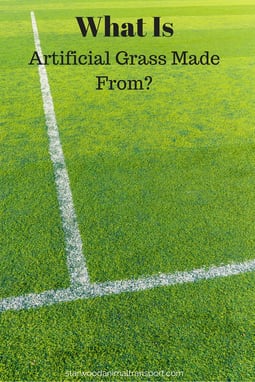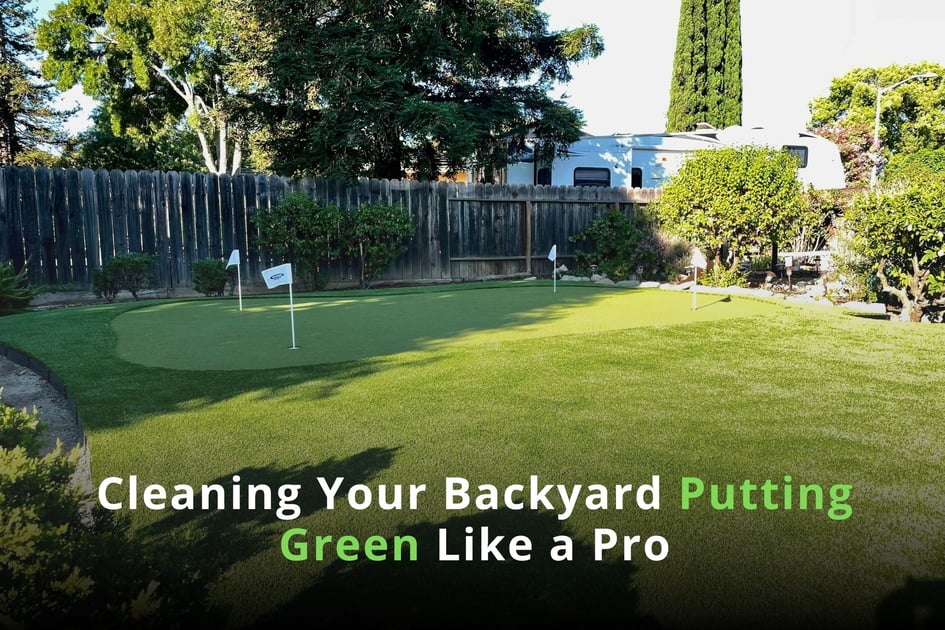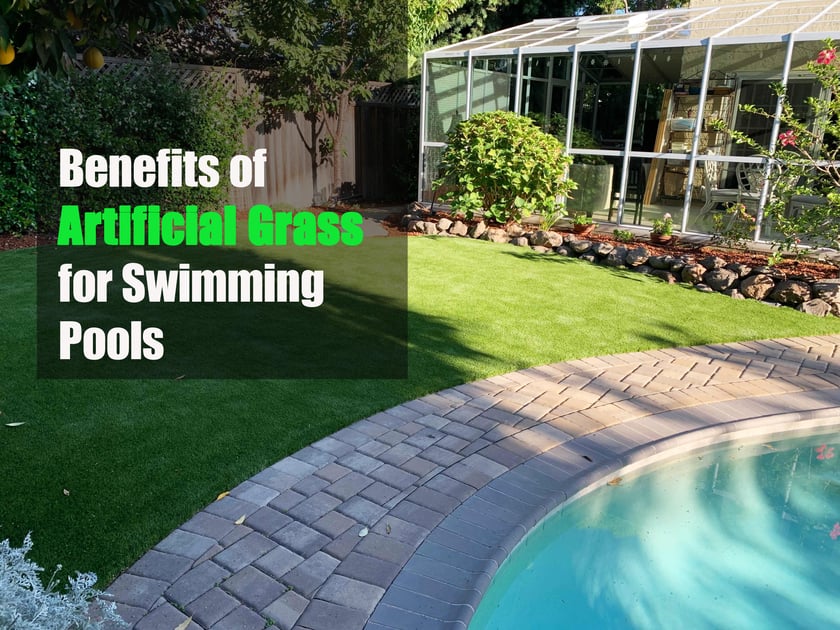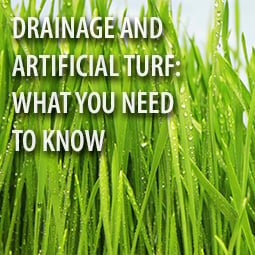 Artificial turf has been used for several decades in professional football stadiums and other sporting venues. Its durability and resemblance to natural grass makes it extremely versatile and ideal for everything from replacing natural grass lawns to enhancing patios and creating recreational areas. The materials used in its construction make it virtually maintenance free and resistant to daily wear and tear.
Artificial turf has been used for several decades in professional football stadiums and other sporting venues. Its durability and resemblance to natural grass makes it extremely versatile and ideal for everything from replacing natural grass lawns to enhancing patios and creating recreational areas. The materials used in its construction make it virtually maintenance free and resistant to daily wear and tear.
The Grass
Different materials provide different levels of resistance. For example, nylon is commonly used in synthetic turf used for golf courses because it is both strong and durable. When mixed with other components, it creates a material that is extremely resistant to wear and requires little to no maintenance whatsoever. The combination of materials used in the grass blades prevents matting, fraying and tearing. This makes it suitable for almost any type of use from indoor/outdoor decking to landscaping needs.
Several different materials have been used in the construction of artificial grass blades.
The most common include:
-
Polyethylene
-
Polypropyline
-
Nylon
-
A combination of any of the above
The Filler
Once artificial turf is installed, a filler is used to stabilize it and provide a modest cushion, much like the soil under natural grass. Several different materials have been used as filler. Different materials work better for different purposes. The most common fillers used include:
-
Sand – often used on golf courses and putting greens
-
Crumb rubber – primarily used on playgrounds, sports fields and other athletic venues
-
Pea gravel – commonly used on residential lawns and landscaped areas around the home
Filler materials are extremely fine and are used to fill gaps, crevices and small openings within the mesh backing. The filler serves several purposes. It holds the turf securely in place and stabilizes the blades of grass allowing them to remain upright and move much like their natural grass counterparts. It also acts as a leach bed, allowing water to gradually seep through and be drained away.
The amount of area to be covered and its purpose will determine the type of filler chosen to stabilize the turf. Crumb rubber is extremely cost effective and does not break down or get carried away on clothing or shoes. Sand and pea gravel are more expensive, but tend to settle and become more compact. This makes the surface look and feel more like natural grass.
The Backing
Artificial turf backing is made from basically the same materials used in the construction of the blades. Whether the material is to be used for the surface or the mesh backing that is never seen from the top, all of the components used in the construction of artificial turf must meet or exceed the same standards for strength, color, durability and general wear. Adhesives that are used must be strong enough to hold the turf together but safe enough to not harm the environment. Polypropyline, polyethylene and nylon are all used in varying amounts in the manufacturing of the threads that are used to sew the layers of turf together.
Materials used in the construction of artificial turf are the same used in the making of carpeting, plastic bottles, water pipes, plastic storage bowls and toys. Because of how it is used and its constant exposure to the elements, people and pets. Artificial turf must be able to stand up to constant foot traffic, resist damage caused by extreme weather conditions and be able to drain away excess water. Most types of synthetic grass are also resistant to various types of bacteria and germs that accumulate through its constant use. The materials and components used in the turf's construction are blended together in such a way as to create a versatile and incredibly durable product that can last several years with no maintenance and few repairs.












